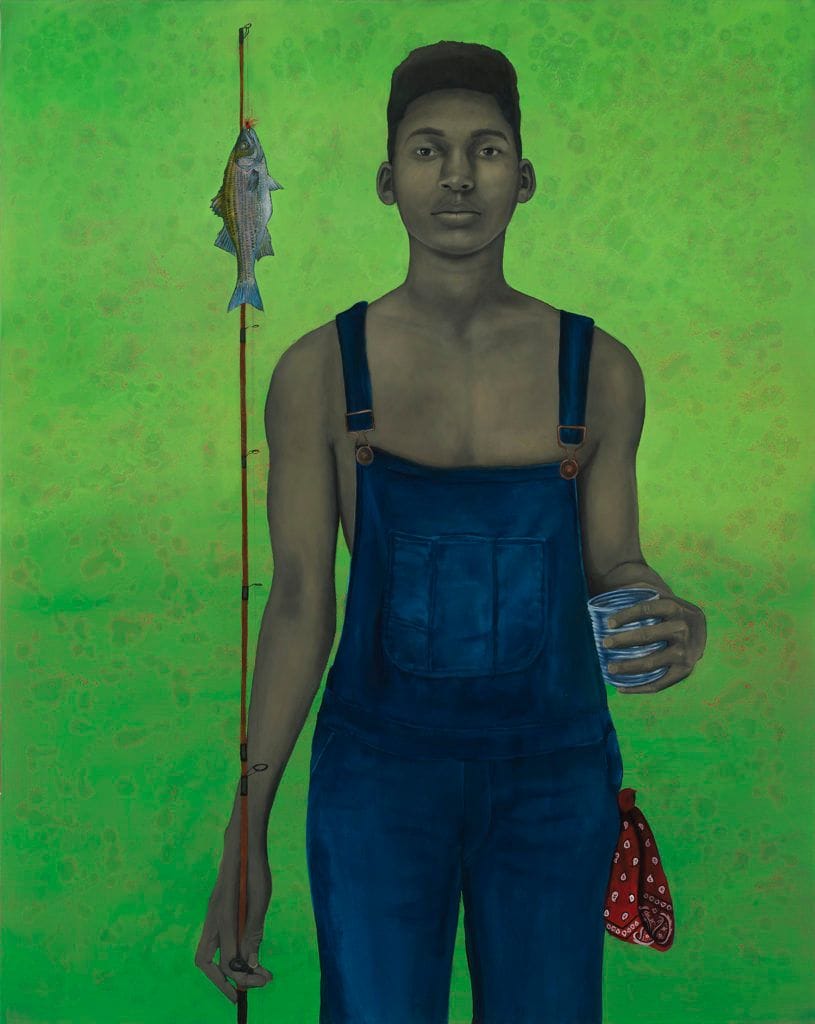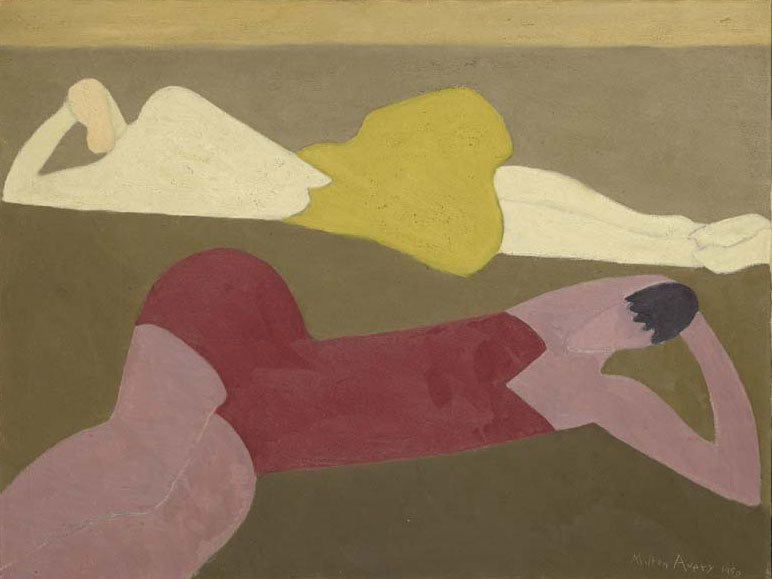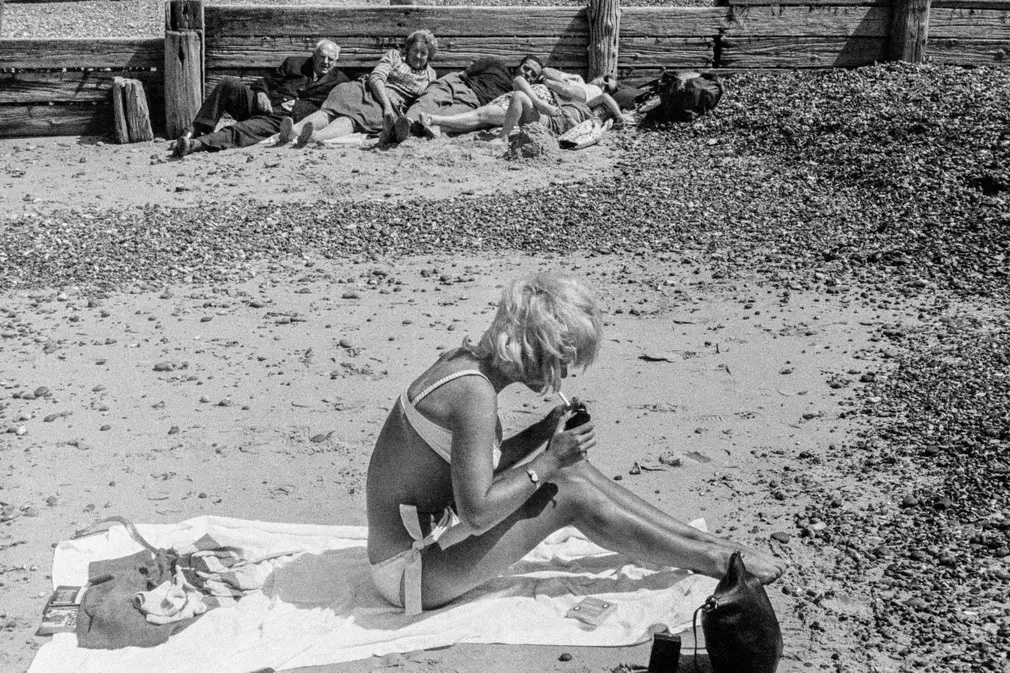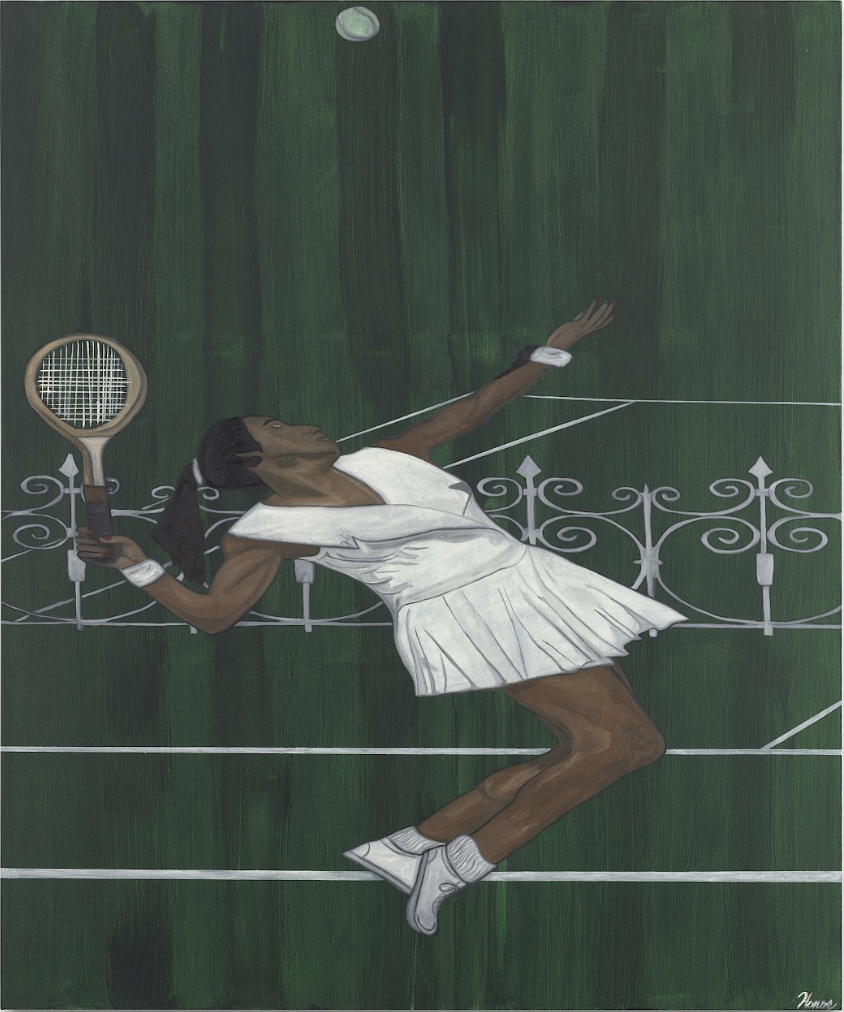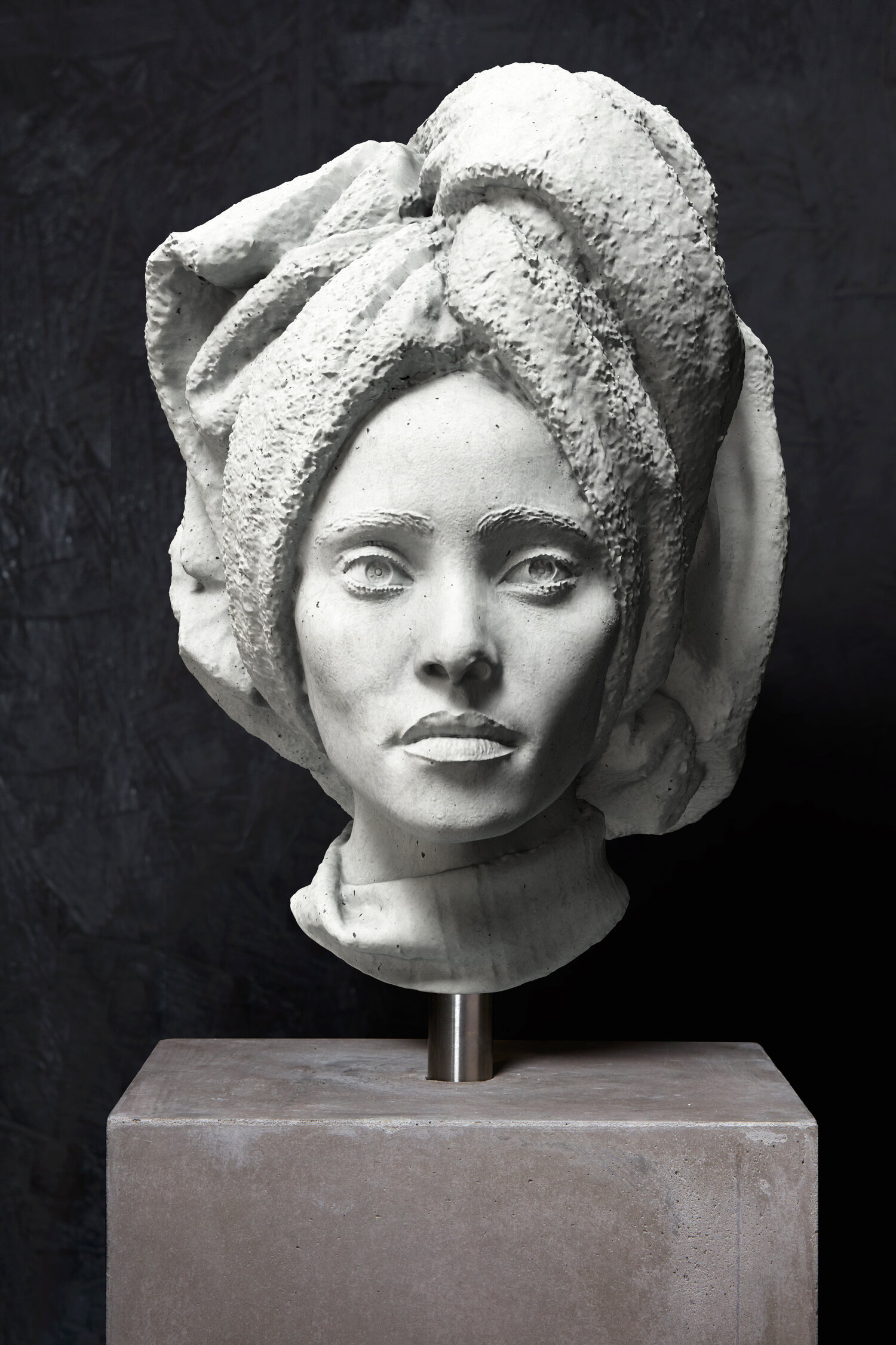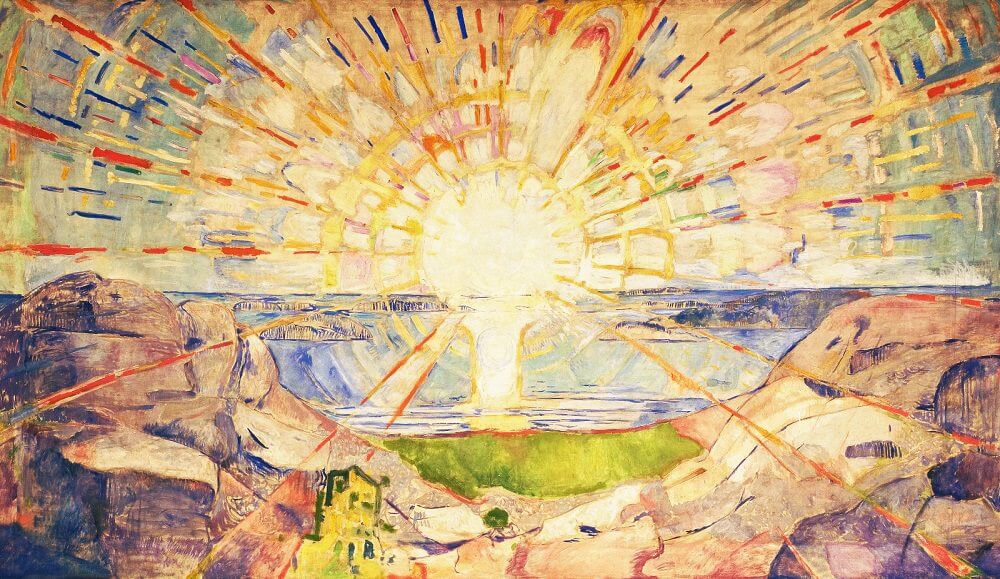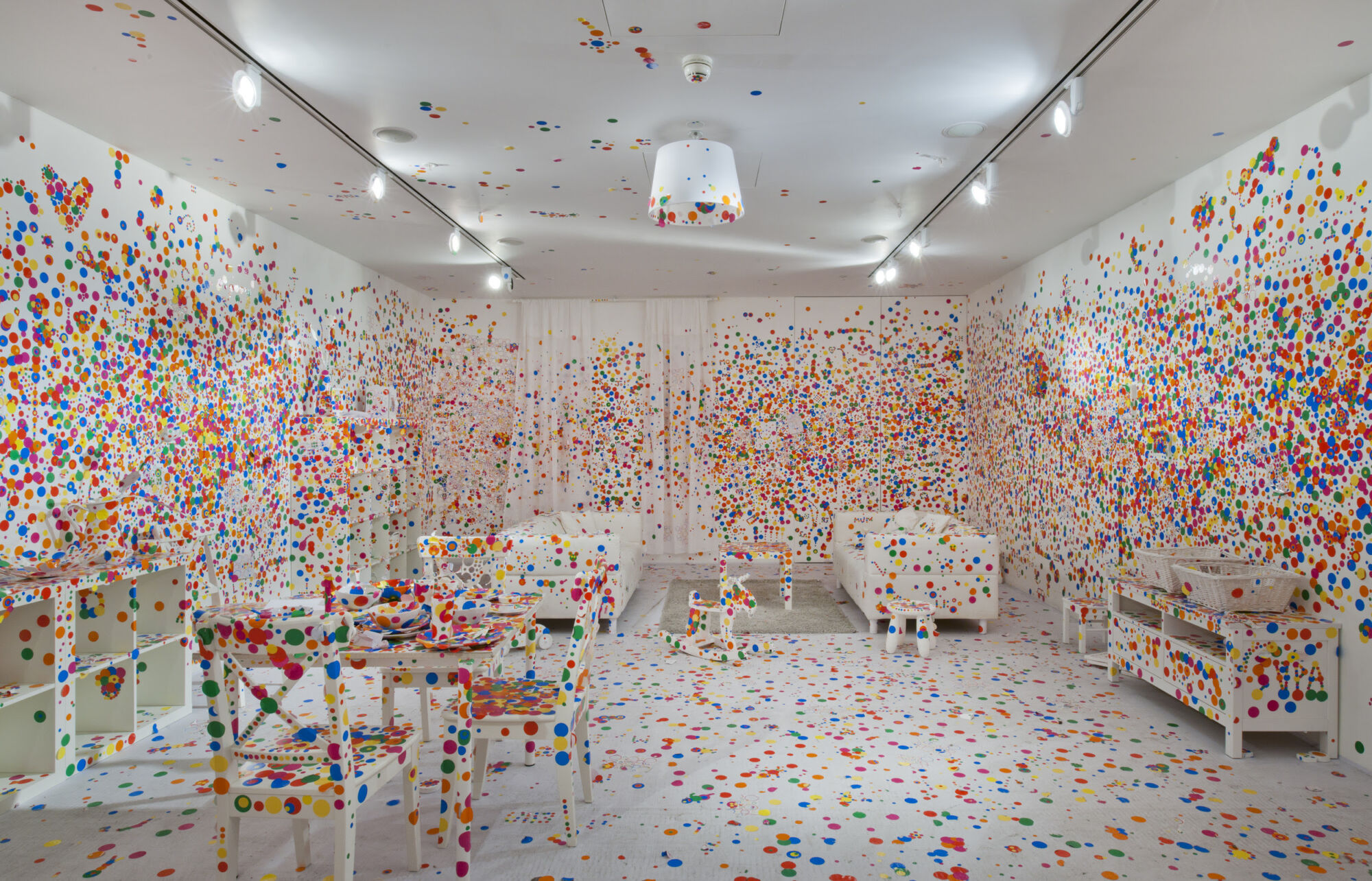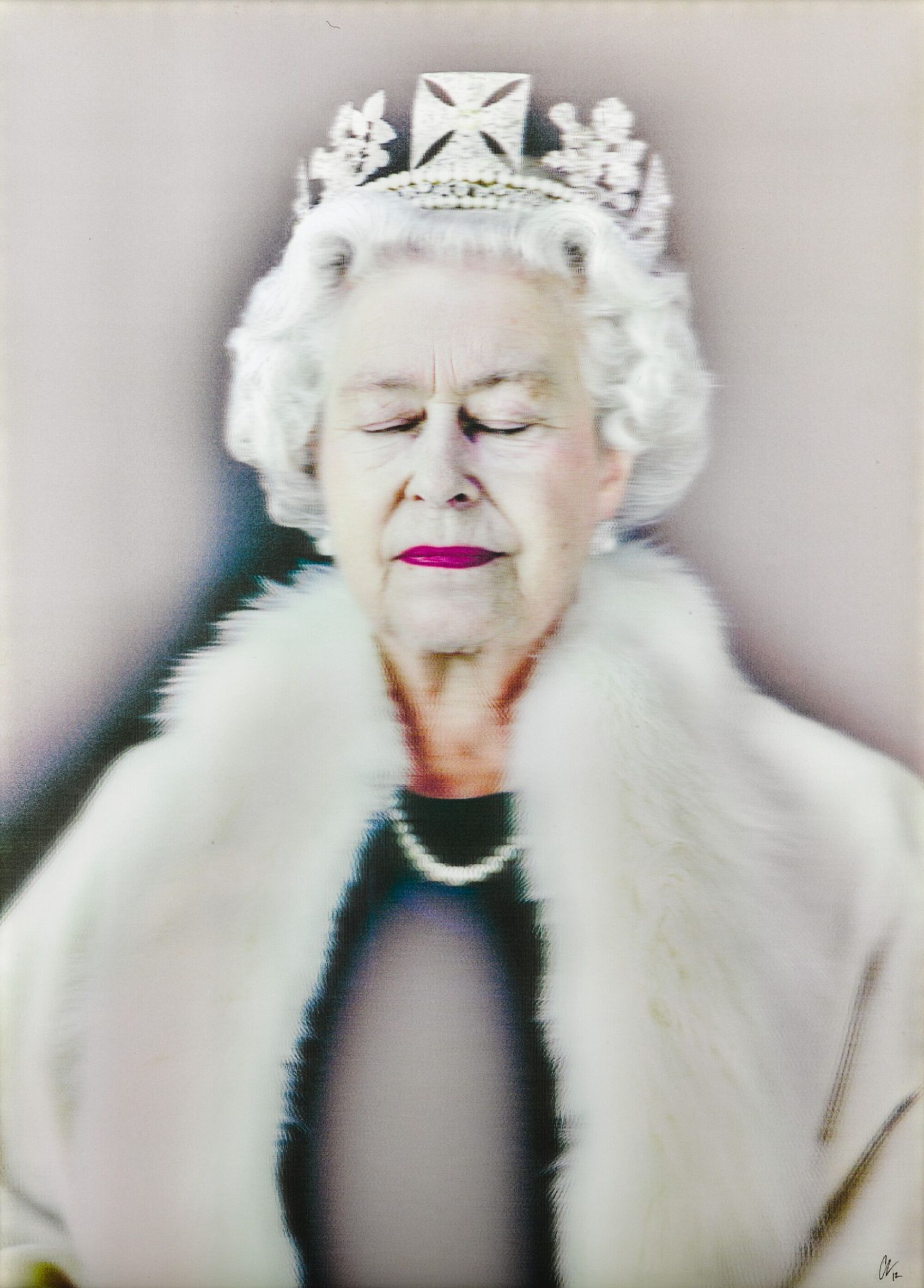
Discover Slim Aarons, Sea Drive, 1967
Rising to prominence in the 1950s, Slim Aarons famously described his photographs as ‘attractive people doing attractive things in attractive places’ — and this glorious snapshot is no exception. A window into a bygone era of Hollywood glamour and charisma, it shows film producer Kevin McClory and his family taking a sea drive in an Amphicar across the harbour at Nassau in the Bahamas in 1967. It has all the hallmarks of a signature Aarons: striking location, jet-setting celebrities and a certain nonchalant quality that transports you in time and place. What could be more escapist?
Share




